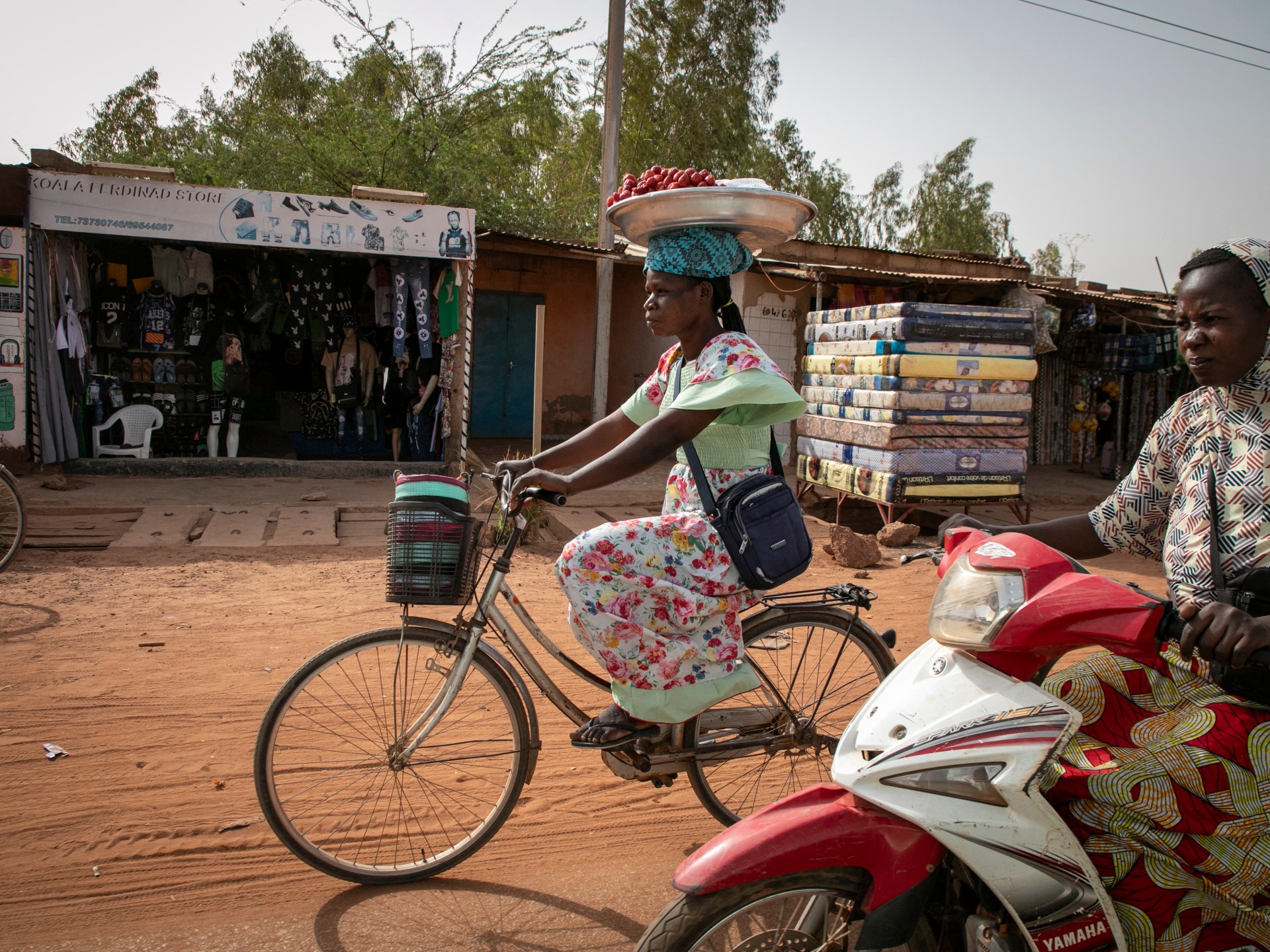As global temperatures continue to rise, heat waves are becoming more frequent, intense, and deadly, and experts warn we may still be underestimating their true impact. Once considered seasonal inconveniences, heat waves are now among the most dangerous natural disasters globally, linked to soaring mortality rates, disrupted ecosystems, and overwhelmed infrastructure. With climate change amplifying their severity, the risk they pose is accelerating faster than many models predicted.
In the summer of 2025, regions across the Northern Hemisphere experienced record-breaking temperatures. Cities like New Delhi, Phoenix, and Athens crossed 45°C (113°F), while heat-related deaths surged by 20% compared to the same period last year, according to the World Health Organization. But these figures may not tell the full story. Unlike hurricanes or floods, heat waves are often silent killers, lacking the visual drama that typically mobilizes immediate government response or public concern. Many deaths from heat occur quietly, especially among the elderly, the poor, and those with chronic illnesses.

Read Also: Defense Tech Sector Reacts to US-Iran Strike

Researchers are increasingly concerned that existing risk assessments and emergency protocols are outdated. A recent study published in Nature Climate Change found that traditional heat indices fail to fully capture the cumulative stress prolonged exposure imposes on human health. The “wet-bulb temperature,” which combines heat and humidity, is now being used to better predict when conditions become insurmountable, particularly for vulnerable populations.
Yet heat wave underestimation isn’t just a health issue. It’s also an urban planning and policy challenge. In most cities, infrastructure isn’t built to withstand prolonged high temperatures. Asphalt melts, power grids crash under the demand for cooling, and water systems run dry. In 2025, the heat wave that swept across parts of Europe forced hundreds of schools to close and caused severe disruptions to rail travel due to overheated tracks. In the U.S., California’s emergency rooms reached critical capacity as thousands sought treatment for heat stroke, dehydration, and respiratory distress. What’s worse, scientists believe this is only the beginning. The Intergovernmental Panel on Climate Change (IPCC) recently projected that by 2050, large swaths of South Asia, the Middle East, and Sub-Saharan Africa could become virtually uninhabitable during summer months without substantial adaptation or mitigation efforts.
The urban heat island effect—where cities are significantly warmer than surrounding rural areas due to human activity and concrete surfaces—only compounds the problem. Trees and green spaces, once seen as aesthetic luxuries, are now being championed as frontline defenses. Urban planners in cities like Paris, Singapore, and Los Angeles are implementing "cool zones," reflective surfaces, and heat-resilient infrastructure as part of climate adaptation strategies. Meanwhile, public health officials are calling for heat waves to be treated as tier-one climate disasters, much like hurricanes and wildfires. There’s a push for improved early warning systems, public awareness campaigns, and better data collection on heat-related deaths. Climate scientists also urge world governments to prioritize heat mitigation in national adaptation plans, especially for developing nations that often lack the resources to respond effectively.
Despite the rising death toll and economic losses, heat waves still receive less media coverage and funding than other disasters. This oversight can be fatal. In 2023, a major heat event in India resulted in more fatalities than that year’s monsoon flooding, yet it drew far less global attention. In a warming world, the danger of extreme heat is no longer a prediction—it’s a present reality. Heat waves are not only more common but also more complex, multi-dimensional threats that demand an urgent, systemic response. As the climate crisis deepens, understanding and responding to heat waves as high-impact disasters could be key to saving countless lives.



